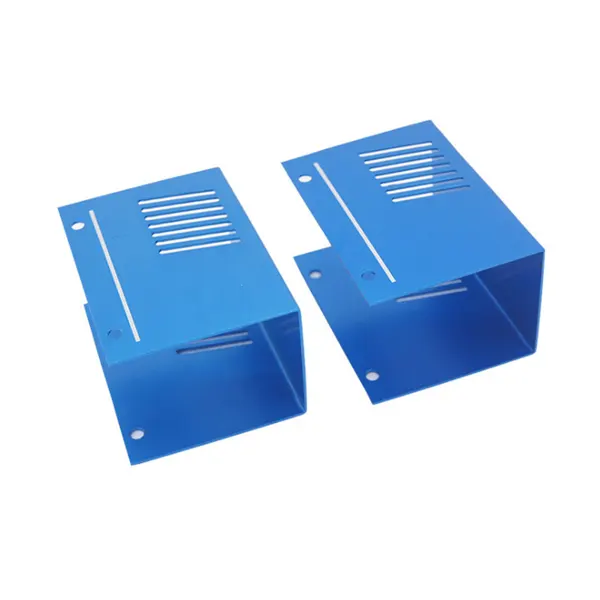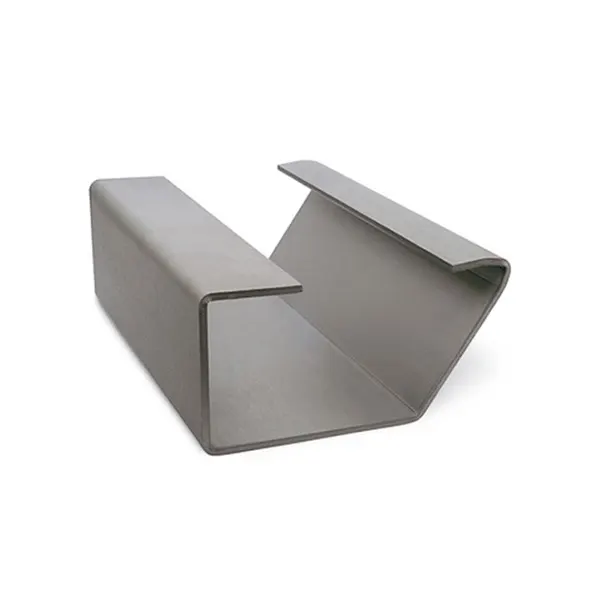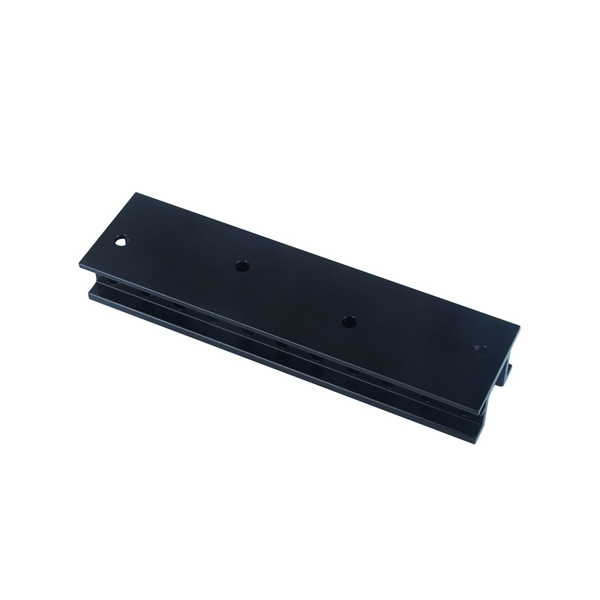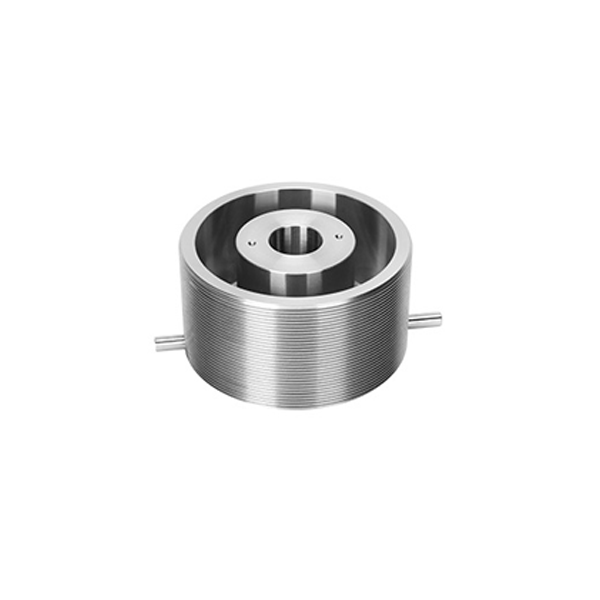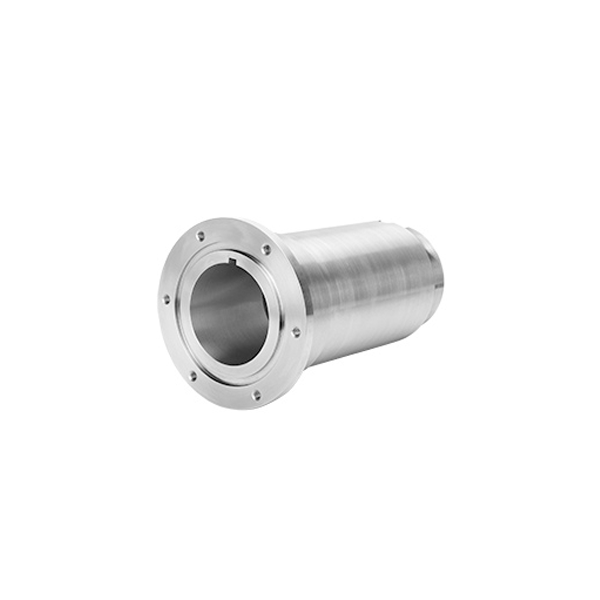GD Prototyping

Precision Sheet Metal Bending
-
Material Thickness: 0.5 mm – 10 mm
-
Supported Materials: Stainless steel, aluminum, copper, brass, galvanized steel
-
Bending Angle Accuracy: ±0.2 mm with CNC press brakes
-
Maximum Bend Length: Up to 3000 mm (depending on material)
-
Production Options: Single prototypes, small batches, mass production
-
Finishing Options: Anodizing, powder coating, plating, painting, polishing
- Description
- Specification
- Application
- FAQS
Precision sheet metal bending shapes thin, flat aluminum pieces into accurate forms using specialized tools and controlled processes. Alongside bending, other key steps include cutting, punching, and welding, which transform raw aluminum sheets into functional components. Because aluminum offers a balance of strength, light weight, and corrosion resistance, many industries such as automotive, aerospace, electronics, and construction choose it for critical parts.
Aluminum sheet metal comes in various thicknesses to match your application needs. Thin sheets form complex shapes easily, while thicker sheets deliver more structural strength. You can choose from different aluminum grades, selecting the right combination of strength, finish, and corrosion resistance for your project.
Cutting often precedes precision sheet metal bending. For simple cuts, you might use manual tools, while CNC laser cutting and CNC punch presses deliver high precision and speed. CNC technology produces intricate patterns efficiently, helping reduce material waste. When you need extreme accuracy, wire EDM cutting offers fine, detailed results.
Bending and punching define the sheet’s geometry. CNC press brakes create consistent, repeatable bends, which ensures tight tolerances. Punching machines make holes or cutouts without distorting the surrounding metal. Welding joins aluminum sections securely, adding strength for demanding applications.
After precision sheet metal bending and assembly, surface finishing improves both performance and appearance. Options such as powder coating, plating, or sandblasting protect against corrosion, increase wear resistance, and enhance the overall look.
A complete aluminum sheet metal fabrication service covers all these steps—cutting, precision bending, punching, welding, and finishing. This integrated approach moves your project from raw material to finished component efficiently while meeting exact specifications. Whether you need a single prototype or a small production run, precision sheet metal bending delivers accuracy, consistency, and flexibility for a wide range of industrial uses.
| Parameter | Value / Description |
|---|---|
| Process Name | Sheet metal fabrication |
| Processes Involved | Cutting, welding, bending, punching, joining, wire EDM |
| Material Forms | Thin, flat pieces (sheet); foil (very thin); plate (1–6 mm+) |
| Material Types | Aluminum, brass, copper, steel, tin, nickel, titanium; silver, gold, platinum |
-
Automotive: Brackets, panels, housings, and mounting structures
-
Aerospace: Lightweight structural parts and avionics housings
-
Medical: Sterile equipment casings and precision fixtures
-
Electronics: Enclosures, racks, and custom housings
-
Industrial Equipment: Guards, control boxes, and machine components
-
Renewable Energy: Solar panel mounts and battery enclosures
Q1: What is precision sheet metal bending?
It’s the process of forming flat metal sheets into precise angles and shapes using CNC press brakes.
Q2: What materials can be bent?
We bend stainless steel, aluminum, copper, brass, and galvanized steel.
Q3: How accurate is CNC sheet metal bending?
Our equipment achieves tolerances of ±0.2 mm.
Q4: Can you produce both prototypes and bulk parts?
Yes, we support one-off prototypes, pilot runs, and mass production.
Q5: What industries rely on sheet metal bending?
Automotive, aerospace, medical, electronics, and industrial manufacturing.

